
Rice professors named AIMBE fellows
Two Rice University faculty members have been named to the College of Fellows of the American Institute for Medical and Biological Engineering.

Rice professors named AIMBE fellows
Two Rice University faculty members have been named to the College of Fellows of the American Institute for Medical and Biological Engineering.
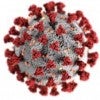
'Hunker down' and hope for a controlled crash landing
Rice bioscientist Yousif Shamoo explains how diseases like the coronavirus spread quickly and discusses how big cities like Houston can respond.
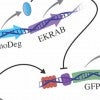
Strong signals show how proteins come and go
Rice University bioscientists develop a versatile gene signal amplifier that can not only do a better job of detecting the expression of chromosomal genes than current methods but can potentially be used to detect any cellular gene.
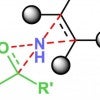
Rice scientists simplify access to drug building block
Rice University chemists further simplify their process to make essential precursor molecules for drug discovery and manufacture. The method to modify unactivated olefins for use as building blocks could save the pharmaceutical industry millions.

BioScience's Rosa Uribe wins NSF CAREER Award
Rice University neurodevelopmental biologist Rosa Uribe has won a prestigious CAREER Award from the National Science Foundation.

Algae team rosters could help ID 'super corals'
U.S. and Australian researchers have found a potential tool for identifying stress-tolerant "super corals." In experiments that simulated climate change stress, researchers found corals that best survived had symbiotic algae communities with similar features.
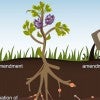
Ordering in? Plants are way ahead of you
Dissolved carbon in soil can quench plants' ability to communicate with soil microbes, allowing plants to fine-tune their relationships with symbionts. Experiments show how synthetic biology tools developed at Rice University can help understand environmental controls on agricultural productivity.
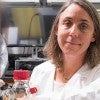
CPRIT grant bolsters Rice biosciences
Rice University recruits synthetic biologist Caroline Ajo-Franklin with a $6 million grant from the Cancer Prevention and Research Institute of Texas to bolster the university’s cutting-edge Systems, Synthetic and Physical Biology program.
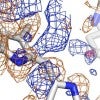
X-rays show how light transforms photosynthesis ‘switch’
Researchers at Rice and their colleagues get their first detailed look at how plant proteins reconfigure themselves when exposed to light.
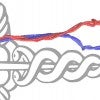
Snake-like proteins can wrangle DNA
Theoretical simulations at Rice University suggest structural maintenance of chromosome proteins coil not only around each other but also around the strands of DNA they help manipulate. These strands are formed into loops that regulate transcription and other cellular processes.